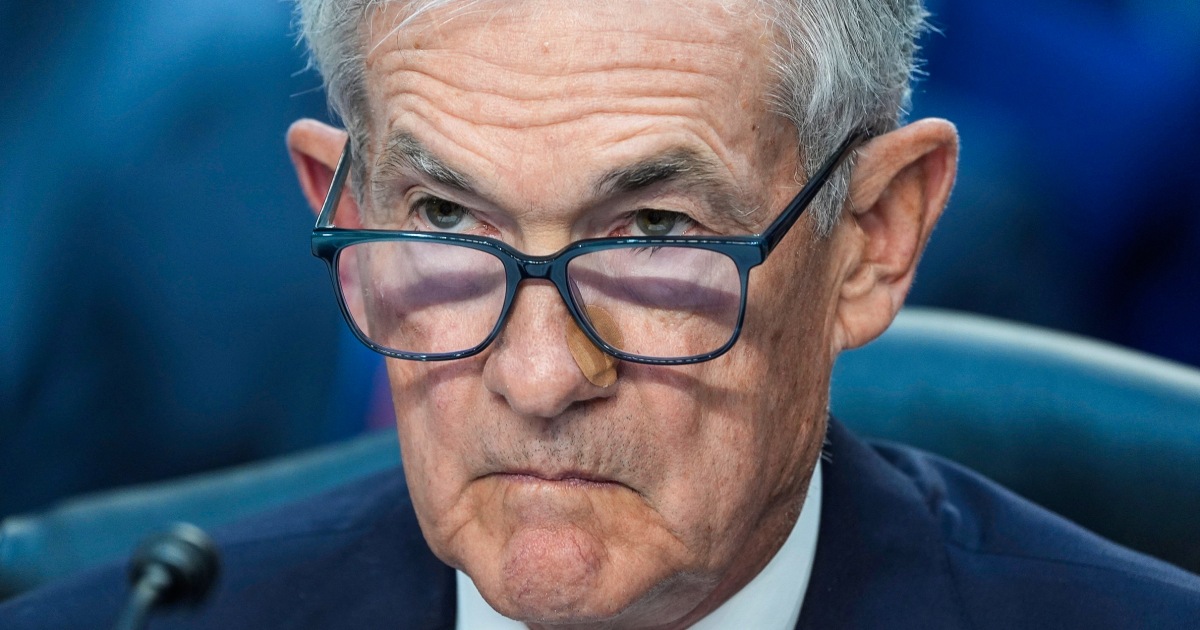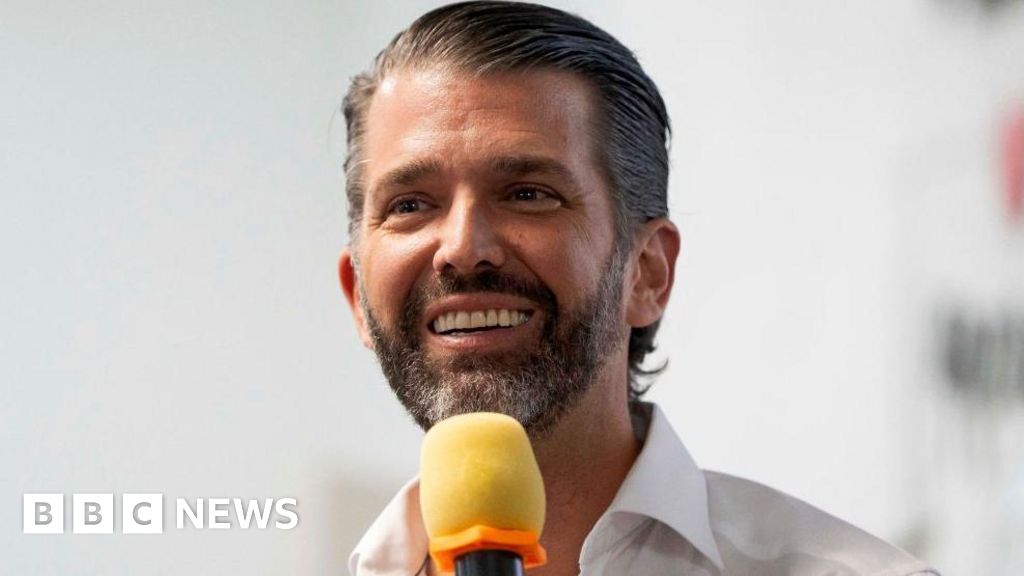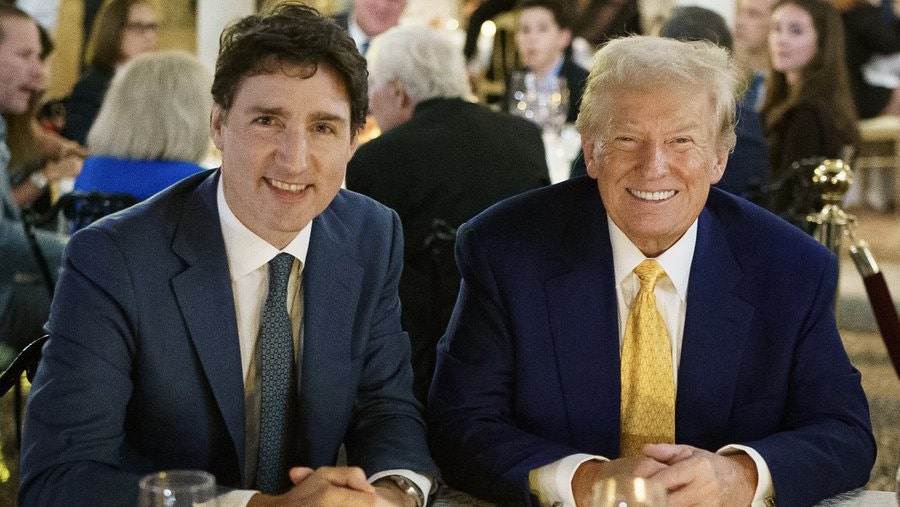World
Fed goes big with interest rate cut in a bid to head off an economic slowdown

The Federal Reserve said Wednesday it was lowering its key interest rate by half a percentage point, an unusually aggressive move designed to cushion the economy from a further slowdown.
The central bank noted job gains had slowed while inflation had made further progress toward its 2% goal.
At a follow-up news conference, Fed Chair Jay Powell said the labor market and the economy in general remain in “solid shape.”
By making the larger cut, he said, “our intention is to keep it there.”
While the surging inflation that has bedeviled the U.S. economy since the start of the Covid-19 pandemic has largely cooled down, it isn’t yet at the Fed’s 2% goal, Powell noted.
Yet the risk of price growth reigniting because of lower interest rates was minimal, he said.
“We’re trying to achieve a situation where we restore price stability without the kind of painful increase in unemployment that has come sometimes with this inflation,” Powell said. “That’s what we’re trying to do, and I think you could take today’s action as a sign of our strong commitment to achieve that goal.”
The central bank’s decision has already come in for comment by GOP vice presidential nominee JD Vance. At a rally in North Carolina, Vance blamed Vice President Kamala Harris, the Democratic presidential nominee, for enacting policies that required rates to go higher in the first place.
Mortgage interest rates, he said, “have gone up [to] about 6% thanks to Kamala Harris’ policy.”
“That’s number one why housing prices are so high,” he said.
“The second reason that housing is so high is because we let in 25 million illegal aliens to compete against Americans” for housing, Vance added.
Although immigration has increased, few mainstream economists blame the surge for America’s housing affordability issues, pointing instead to a yearslong slump in new home construction, alongside an increase in the cost of labor, materials and insurance risks.
In a statement, Harris said that while Wednesday’s rate announcement was “welcome news for Americans who have borne the brunt of high prices,” she remains focused “on the work ahead to keep bringing prices down.”
“I know prices are still too high for many middle class and working families, and my top priority as President will be to lower the costs of everyday needs like health care, housing, and groceries.”
Former President Donald Trump, the Republican presidential nominee, has previously said presidents “should have a say” in how interest rates are decided — a notion Powell rejected at his news conference.
“Our job is to support the economy on behalf of the American people,” Powell said, “and if we get it right, this will benefit the American people significantly.”
The federal funds rate, which acts as a benchmark for borrowing rates in the rest of the economy, will now move down to about 4.8%, the lowest level since March 2023.
The central bank also said it expects further cuts at its final two meetings of the year.
Markets reacted positively, with the Dow Jones Industrial Average and the S&P 500 stock indexes both hitting all-time highs in Wednesday afternoon trading.
Wall Street traders had greatly increased the odds of a half-point cut, as opposed to a more standard quarter-point one, in advance of the announcement.
Still, the larger size took many analysts by surprise.
“The Fed’s decision to go big is a unique move in history,” Seema Shah, chief global strategist at Principal Asset Management, said in a note to clients Wednesday afternoon.
She continued: “Markets can and should only celebrate today’s move — and will continue to celebrate over coming months,” she wrote. “We have a Fed that will go to historic lengths to avoid a hard landing. Recession, what recession?
Brian Coulton, Fitch Rating’s chief economist, said the cut “suggests an abrupt switch of focus back to the maximum employment mandate and a very sharp improvement in confidence in inflation progress in the last month and a half.”
He said the Fed “may be more concerned than most about the state of the labor market,” despite a seemingly steady pace of payroll growth.
Lately, the economy has continued to send mixed signals. The unemployment rate, at 4.2%, remains historically low — but it has inched up in four of the last five months, a trend that has often preceded recessions. While layoffs remain low, hiring has virtually ground to a halt, especially in some white-collar professions, making the job search process unusually difficult for many.
A retail sales report Tuesday showed a steady pace of spending in the U.S. overall but with some discretionary categories, like restaurant spending, significantly weaker.
The Federal Reserve uses the federal funds rate as its main tool to regulate inflation and unemployment. A higher rate is used to offset price growth, while a lower rate is designed to encourage demand and boost hiring.
The central bank began raising rates aggressively in 2022 in response to a rapid increase in the pace of inflation amid the Covid-19 pandemic.










